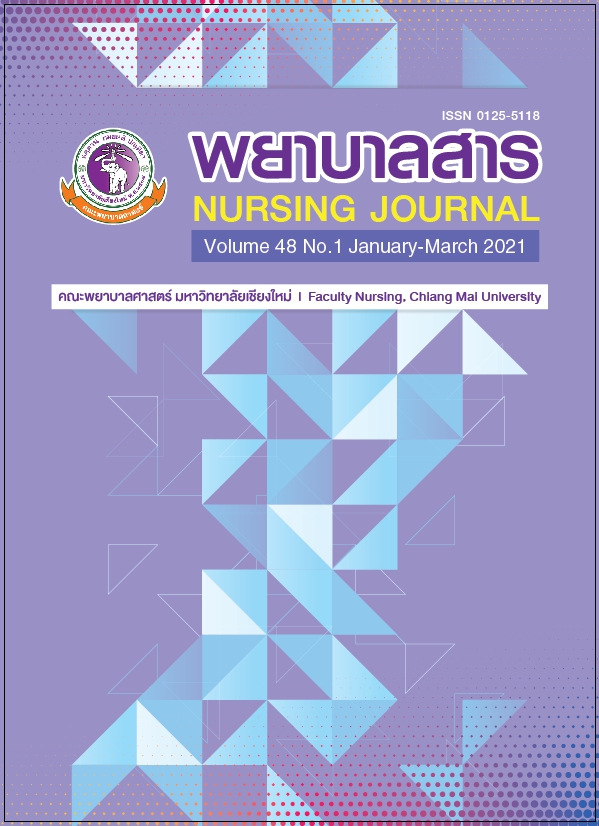Perioperative Nursing care of gallstone patients with Mirizzi Syndrome
Keywords:
Perioperative Nursing, gallstone, Mirizzi SyndromeAbstract
Mirizzi syndrome is a rare complication of chronic gallstone disease in which common hepatic duct is externally compressed and it can cause serious health problem. Its pathophysiology includes the obstruction of the common hepatic duct by an impacted gallstone in the infundibulum or base of the gallbladder. Later, recurrent inflammatory processes around the impacted gallstone cause necrotic pressure ulcer of the gallbladder wall and evolved cholecystobiliary fisstula. Five types of the syndrome were classified based on the extent of involved cholecystobiliary fistula and associated cholecystoenteric fistula. Each type of the syndrome determined particular surgical treatment. Patients with Mirizzi syndrome frequently present with obstructive jaundice, right upper abdominal pain, and fever which share the common clinical characteristics with other biliary diseases. This unspecific form of presentation leads to the difficulty of diagnosis and stage classification. The patients who have no definite diagnosis prior to surgery might loss the opportunity to have thoughtful surgical planning and are at risk of accidental bile duct injury, one of the serious intraoperative complications. Nurses take the important roles in facilitating the accurate diagnoses by screening and appointing the patients to discuss plans of treatments with surgeons. After surgical plannings, nurses then prepare the patients to be physically and mentally prompted to have operations. Proper nursing cares to facilitate early recovery post operations are also crucial. Discharge planning with necessary health educations set the patients to be ready to self-care at homes and at the time of follow up visits. Therefore, the knowledge associated with Mirrizzi syndrome is crucial for nurses in order to deliver qualified nursing cares for the patients.
References
Beltrán, M.A. (2012). Mirizzi syndrome: History, current knowledge and proposal of a simplified classification. World Journal of Gastroenterology, 18(34), 4639-4650. Retrieved from https://www.ncbi.nlm.nih.gov/pmc/articles/PMC3442202/ doi: 10.3748/wjg.v18.i34.4639
Beltrán, M.A., Csendes, A., & Cruces, K.S. (2008). The relationship of Mirizzi syndrome and cholecystoenteric fistula: Validation of a modified classification. World Journal of Surgery, 32, 2237-2243.
Chen, H., Siwo, E.A., Khu, M., & Tian, Y. (2018). Current trends in the management of Mirizzi syndrome: A review of literature. Medicine (Baltimore), 97(4): e9691. doi: org/10.1097/MD.0000000000009691
Clemente, A., Tringali, A., De Rose, A.M., Panettieri, E., Murazio, M., Nuzzo, G., & Giuliante, F. (2018). Mirizzi syndrome: diagnosis and management of a challenging biliary disease. Canadian Journal of Gastroenterology and Hepatology. 2018, Article ID 6962090. Retrieved from https://www.ncbi.nlm.nih.gov/pmc/articles/PMC6109484/pdf/CJGH2018-6962090.pdf doi:org/10.1155/2018/6962090
European Society of Urogenital Radiology. (2019). ESUR guidelines on use of CM in certain clinical situations. Retrieved from http://www.esur.org/fileadmin/content/Contrast_Media_Education/VII_2011_CM_in_special_clinical_conditions.pdf
Mitsumoto, G.L., Silva, L.A.M., Ribeiro, M.A., Tocchio, M.M., Yvamoto, N.E., Santi, T.D., Santi, T.D., Ferreira, C.P.C., & Szutan, L.A. (2020). Mirizzi syndrome mimicking cholangiocarcinoma: Case report, Acta Gastroenterol Latinoam, 50(2), 198-204.
Paya-Llorente, C., Vazquez-Tarragon, A., Alberola-Soler, A.,Martinez-Perez, A., Martinez-Lopez, E., Santarrufina-Martinez, S., Ortiz-Tarin, I., & Armananzas-Villena, E. (2017). Mirizzi syndrome: A new insight provided by a novel classification. Ann Hepatobiliary Pancreat Surg, 21, 67-75. Retrieved from https://doi.org/10.14701/ahbps.2017.21.2.67
Uppara, M., & Rasheed, A. (2017). Systematic review of Mirizzi Syndrome's management. Journal of Pancreas, 18(1), 1-8. Retrieved from http://pancreas.imedpub.com
Valderrama-Treviño, A.I., Granados-Romero, J.J., Espejel-Deloiza, M., Chernitzky-Camaño, J., Mera, B.B., Estrada-Mata, A.G., Ceballos-Villalva, J.C., Campos, J.A., & Argüero-Sánchez, R. (2017). Updates in Mirizzi syndrome. Hepatobiliary Surgical Nutrition, 6(3), 170-178. Retrieved from https://www.ncbi.nlm.nih.gov/pmc/articles/PMC5474450/ doi: 10.21037/hbsn.2016.11.01
Downloads
Published
How to Cite
Issue
Section
License
บทความที่ได้รับการตีพิมพ์เป็นลิขสิทธิ์ของวารสารพยาบาลสาร
ข้อความที่ปรากฏในบทความแต่ละเรื่องในวารสารวิชาการเล่มนี้เป็นความคิดเห็นส่วนตัวของผู้เขียนแต่ละท่านไม่เกี่ยวข้องกับมหาวิทยาลัยเชียงใหม่ และคณาจารย์ท่านอื่นๆในมหาวิทยาลัยฯ แต่อย่างใด ความรับผิดชอบองค์ประกอบทั้งหมดของบทความแต่ละเรื่องเป็นของผู้เขียนแต่ละท่าน หากมีความผิดพลาดใด ๆ ผู้เขียนแต่ละท่านจะรับผิดชอบบทความของตนเองแต่ผู้เดียว






